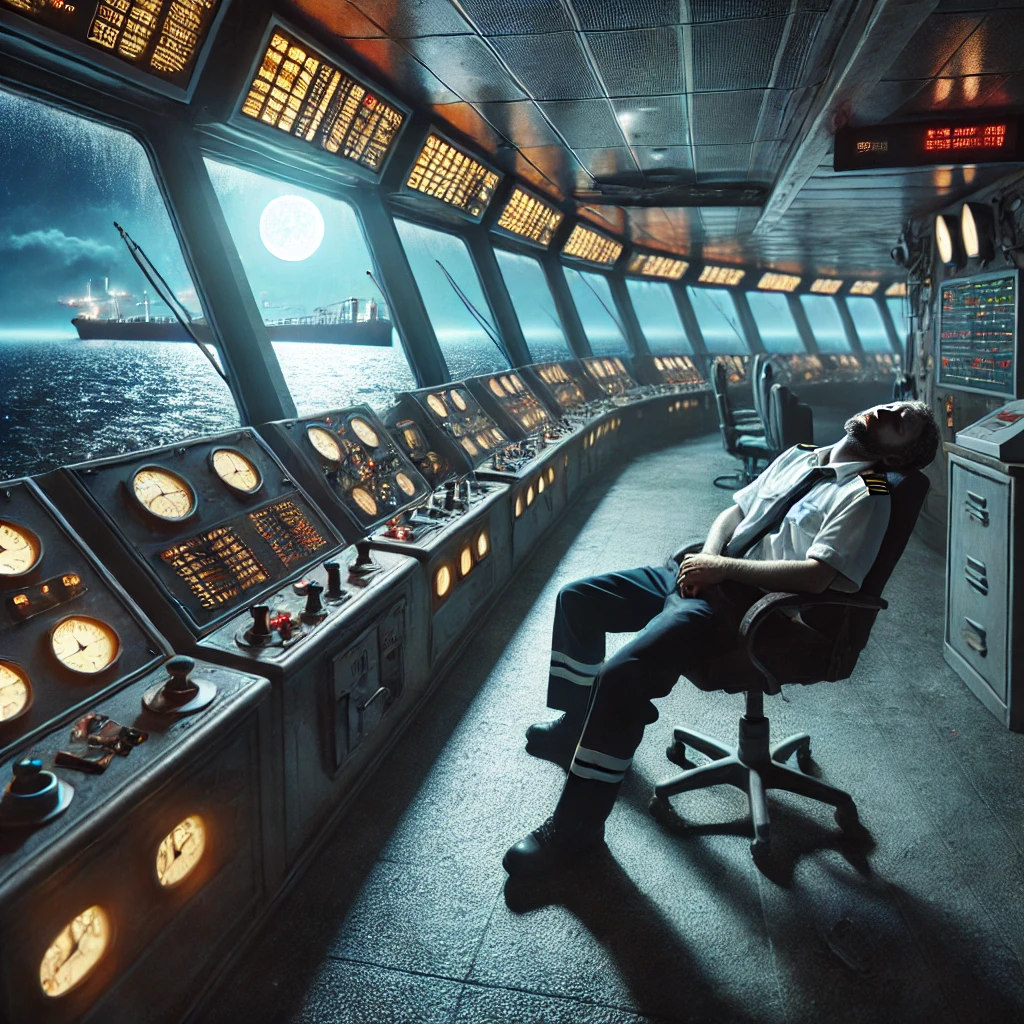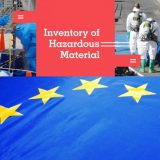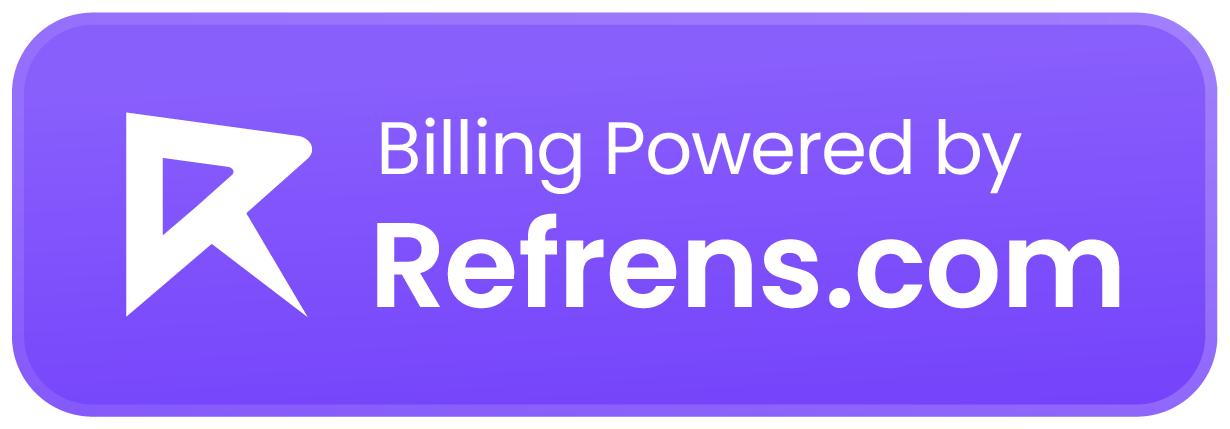As the shipping industry undergoes major transformation, with operations becomingly increasingly automated, maritime companies need to consider more than just efficiency and safety when it comes to operations. The current global situation has resulted in a growing demand for crew communication, for both work and social purposes, alongside the ongoing need for optimization. All of this causes higher levels of traffic on maritime networks, forcing shipping operators to place an increased focus on essential network management to protect business operations.
While on-board IT systems can be complex, they also offer large-scale opportunities for digital technologies to increase communication, reduce costs, boost productivity and ensure higher customer satisfaction. Because of this, investments in network management can have a significant impact on business operations and can also require a great deal of management and undertaking to make them pay off.
Network management
The most significant development for maritime communications has been the integration of standalone technologies into end-to-end solutions to create a manageable network. Gone are the days of shipowners and managers having to juggle boxes of the past, instead this integration offers higher network performance, simplification of operations and a reduction in the total cost of ownership.
With so many fundamental applications and processes, it has become essential for shipping companies to install a smart network management platform. This impacts everything from the seamless transition between shore-based 4G/LTE connectivity, VSAT and L-band satellite, to the operation of on-board information systems. Smart network management platforms also deliver automatic matching of demand of various applications to available networks and the management of traffic, whether that be voice, internet, email or video.
To ensure that the network can support all necessary services, operators need to utilize platforms that maintain the services and applications running on it to deliver value to all stakeholders. The network should be able to support every application required for daily operations while also offering the potential to provide new services to keep up with the ever-increasing changes in the industry.
A Reliable Platform
Having an integrated management service helps to support the whole network to carry out mission critical communications for the smooth running of operations instead of a patchwork approach which could cause potential disruption. This management service will become an integral part of maritime operations – with many aspects reliant on consistent, uninterrupted seamless connectivity. With services and applications running on the platform essential for delivering value to the ship, the business, its crew, and customers, it is critical that the network can support all elements of day-to-day operations.
Having a robust network is key for successful management and operation of the ship, where downtime and delays have no place. If a network becomes disrupted it can cause a multitude of problems for shipowners and business managers whose operations largely rely on having end-to-end network connectivity.
The system must also offer the ability to support new services in the future to adapt to the industry’s changing demands. For instance, being able to support real-time analysis of integrated data from IoT sensors or provide video conferencing, voice or email messaging similar to a traditional corporate network, these applications depend on a reliable network that is capable of handling varying levels of data at the same time.
Security First
With technology playing a pivotal role in maritime operations and with new innovations continually being developed, the reliance on digital applications and communication networks is growing. This presents a challenge for shipping companies as cyber attacks increase in sophistication and present a huge potential for devastating damage to be caused by compromise to a network. Therefore, security must be made a priority when it comes to the integrated management service, with the ability to defend itself from evolving threats.
To ensure security comes top of the list for maritime businesses, the International Maritime Organization (IMO) has made it a requirement that from January 2021, cybersecurity best practices are written into Safety Management Systems (SMS). It will be crucial for the shipping sector to think ahead about how to implement these changes ahead of the deadline.
This IMO directive is leaving operators to determine exactly where these vulnerabilities and cybersecurity gaps lie within their SMS. They must then come up with ways to fix these gaps and incorporate these new protocols which are designed to protect maritime systems from attack. This however is challenging due to a worldwide lack of maritime cybersecurity experts, meaning it could leave companies with a large bill to seek support on how best to safeguard themselves and build in these new IMO requirements.
Remote Management
While shipowners and managers are experts at turning the complexities of global business into a profit, they now require greater control and visibility of their networks and services to remain ultra-competitive. On-board systems can be vast and complex, offering huge advantages for maintaining efficiency and boosting customer satisfaction while needing a large amount of oversight which can be challenging.
By utilizing the power of an effective, smart remote management service like Speedcast’s state-of-the-art integrated management and application platform, experts on shore can retain complete control with endless visibility into every ship. This ensures shipping companies can manage every detail of operations and maintain maximum efficiency.
Enabling control of multiple applications and networks, Speedcast’s SIGMA platform provides a seamless insight into business operations and crew welfare services through a flexible ecosystem that can be adapted to a customer’s specific current and future needs, including leveraging the numerous benefits and efficiencies of Virtual Machines.
All of this aids shipping businesses to remain competitive with substantial cost savings, high levels of operational efficiency and a boost in productivity by adopting a solution that manages network, voice and business services along with built-in cybersecurity that contributes to the IMO requirement.
As maritime industry digitalization continues to advance due to the increasing capabilities of emerging applications and communications technology, it is critical that operators have access to solutions that can maintain the smooth running of operations along with seamless, high-quality connectivity. To this end, the sector has a bright future as network management systems continue to serve the existing and future needs of shipping companies.
Source: maritimeprofessional


 The Republic of Korea’s Ministry of Oceans and Fisheries (MOF) is hosting a virtual e-Navigation Underway Conference (ENUW) from September 8th to 9th under the theme of ‘Collaborating to harmonize maritime digitalization’. The Conference will be held using a virtual platform and is being co-organized with the Danish Maritime Administration (DMA) and the International Association of Marine Aids to Navigation and Lighthouse Authorities (IALA). (Graphic: Business Wire)
The Republic of Korea’s Ministry of Oceans and Fisheries (MOF) is hosting a virtual e-Navigation Underway Conference (ENUW) from September 8th to 9th under the theme of ‘Collaborating to harmonize maritime digitalization’. The Conference will be held using a virtual platform and is being co-organized with the Danish Maritime Administration (DMA) and the International Association of Marine Aids to Navigation and Lighthouse Authorities (IALA). (Graphic: Business Wire)



